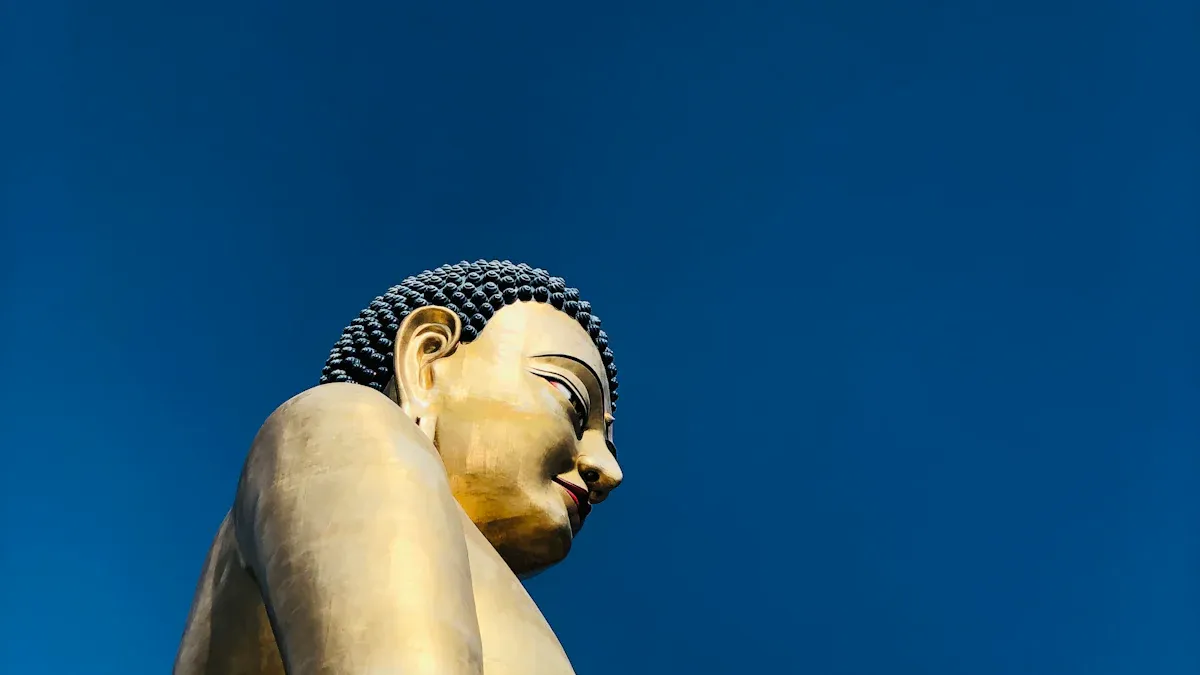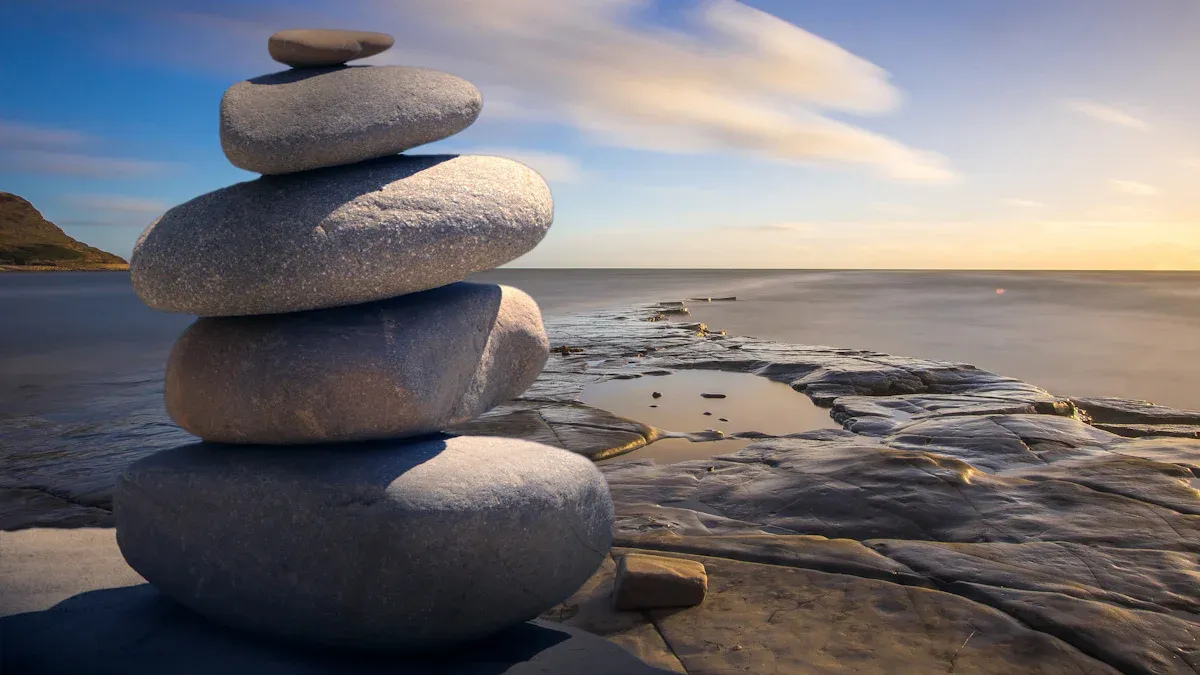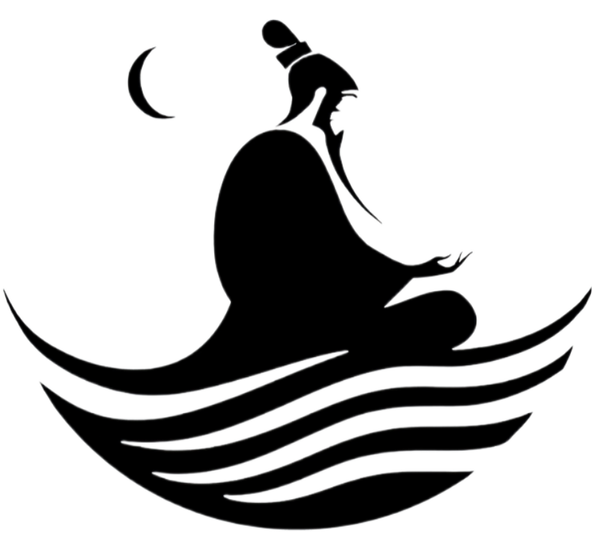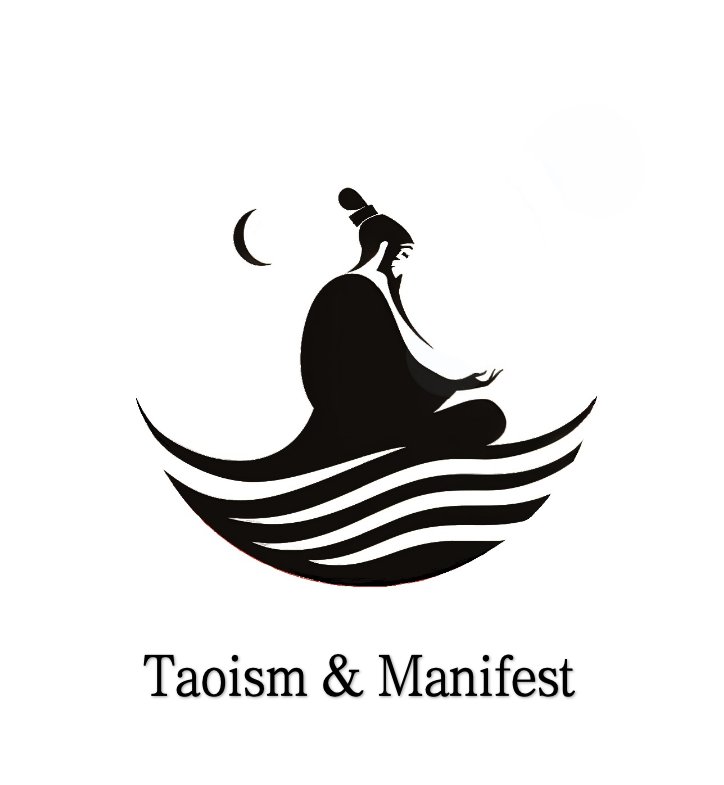
You can use Taoism in your daily life with just one minute. Take a moment to think. Ask yourself, “What did I do today that matched the flow?” This easy question helps you see times of harmony and calm. Most people spend about 10 minutes each day on mindfulness. But you only need one minute to make life simple and feel the soft power of harmony. Try this Taoist practice now and notice how it makes your day better.
Key Takeaways
Practice effortless action by moving with the flow of life instead of forcing things. This helps you feel calm and balanced.
Spend just one minute each day reflecting on moments when you acted naturally and in harmony. This builds mindfulness and inner peace.
Use simple journaling prompts to notice how you go with the flow. Writing daily helps you see your growth and feel more connected to nature.
Build your new habit by starting small and linking it to daily routines. Celebrate every success to stay motivated and patient.
Be kind to yourself if you miss a day or face distractions. Keep practicing gently and trust that steady effort brings more harmony and creativity.
Effortless Action

What Is Wu Wei?
You may wonder what effortless action means in Taoism. Wu Wei is a Taoist concept that teaches you to act in a way that feels natural and unforced. Instead of pushing against the world, you move with the flow of life. Classical Taoist texts describe effortless action as aligning with the tao, acting without personal desire, and letting things correct themselves. The Tao Te Ching says, “The Tao abides in non-action but there is nothing it does not do.” This means you can achieve much by not forcing your action.
When you practice effortless action, you find balance between doing and being. You let your mind and body work together in harmony. You do not need to control every detail. Instead, you trust the flow and let your action match the rhythm of nature. This approach brings yin and yang into balance, helping you feel calm and centered. Modern scholars say effortless action is not laziness. It is a skill that lets you act with ease, like a musician playing a song without thinking about each note. You follow your true nature and let your action flow.
Why Effortless Action Matters
Effortless action helps you live with more harmony and less stress. When you act in this way, you reduce friction in your life. You stop fighting against yourself or others. You start aligning with the tao and let your action fit the moment. This practice supports your mental and physical health. You feel more relaxed and alert. You become flexible and open to change, just like water flowing around rocks.
Effortless action also helps you find balance in daily life. You do not waste energy forcing things. Instead, you use your energy wisely and act when the time feels right. This brings more flow and joy into your day. You see how yin and yang work together, creating a sense of peace. By practicing effortless action, you learn to trust yourself and the natural order. You discover that aligning with the tao brings success without struggle. Taoism teaches you that harmony, balance, and flow are always possible when you let go and act with ease.
Mindfulness in Daily Practice

One-Minute Reflection
You can start to cultivate mindfulness with just one minute each day. This simple reflection helps you reconnect with nature and your own intuition. Begin by sitting comfortably. Close your eyes if you like. Take a slow breath. Ask yourself, “What did I do today that was in harmony with the flow?” Let your mind wander gently. Notice any moments when you acted with ease or followed your intuition. Maybe you let a conversation unfold naturally, or you paused before reacting. You do not need to judge your answers. Just observe them.
Many people find that even a short daily reflection brings more balance and calm. Studies show that brief mindfulness exercises can improve mood, attention, and emotional regulation. You might notice that your memory feels sharper and your stress levels drop. When you practice meditation for just a minute, you give your mind a chance to reset. This small habit helps you cultivate mindfulness and build a sense of inner peace. Over time, you will see how your actions align with the flow of nature. You will also learn to use intuition more often in daily life.
Tip: Try this reflection at the same time each day. Morning or evening both work well. Consistency helps you build a habit and makes it easier to notice changes in your mood and balance.
Mindful Breathing
Mindful breathing is another way to reconnect with nature and bring balance to your day. You can practice meditation by focusing on your breath for just one minute. Sit or stand comfortably. Place your hands on your belly. Breathe in slowly through your nose. Feel your belly rise. Breathe out gently through your mouth. Notice the air moving in and out. If your mind wanders, bring your attention back to your breath.
Short breathing exercises can lower your heart rate and reduce stress. Research shows that even a single minute of mindful breathing can decrease cortisol, the hormone linked to stress. You may feel more calm and centered after just a few breaths. Mindful breathing also helps you use intuition by quieting your mind and letting your natural wisdom guide you. Some people like to add a brief body scan. Start at your head and move down to your toes, noticing any sensations. This practice meditation helps you relax and find peace in the present moment.
You do not need to force anything. Let your breath flow naturally, just like water in a stream. With regular practice, you will cultivate mindfulness and notice more moments of balance and flow in your life. You will feel more connected to your intuition and to the world around you. Mindfulness is not about perfection. It is about showing up, being present, and letting nature guide you toward inner peace.
Go with the Flow Journaling
Daily Reflection Prompts
You can start your journey with a simple daily prompt: “What did I do today that was in harmony with the flow?” This question helps you notice moments when you acted with ease and let things unfold naturally. When you write about these moments, you begin to see how often you go with the flow in your daily life. You might remember a time when you listened to your intuition or allowed a conversation to move at its own pace. These small moments show you the power of aligning with the tao and living in harmony with nature.
Try writing three sentences each day about how you went with the flow. You may find that you feel more peaceful and connected to nature as you reflect on your actions.
Journaling with prompts like this can help you:
Gain clarity about your feelings and experiences.
Notice patterns in your thoughts and actions.
Build self-awareness and emotional balance.
Reduce stress and improve your mood.
Foster gratitude and a sense of harmony.
30-Day Record
Keeping a 30-day record of your reflections can help you see your growth over time. Each day, write down your answers to the prompt and any feelings that come up. Over the month, you will notice how your ability to go with the flow improves. You may also see how your sense of harmony with nature grows stronger.
Tip: Set aside a quiet moment each day to write. Even one minute is enough to make a difference.
Many people find that a 30-day journaling challenge leads to more self-reflection, less stress, and greater creativity. You may discover new habits that help you stay in harmony with the flow of life. Here is a simple one-week challenge template to get you started:
Day 1: What did I do today that was in harmony with the flow?
Day 2: How did I let nature guide my actions?
Day 3: When did I choose to go with the flow instead of forcing things?
Day 4: What brought me a sense of harmony today?
Day 5: How did I notice the flow in my surroundings?
Day 6: What small action helped me align with the tao?
Day 7: How did I feel when I allowed myself to move with the flow?
By tracking your journey, you will see how living in harmony with nature and the flow becomes a natural part of your life.
Flow and Integration Tips
Building Habits
You can make effortless action part of your day by starting small. Try one minute of meditation or reflection each day. Connect this new habit to something you already do, like brushing your teeth or making tea. This helps your brain remember the new habit. Put a reminder where you will see it, like a note on your mirror. Track your progress in a journal or an app. Celebrate every day you practice, even if it feels easy. After a while, you will see your intuition get stronger. Your actions will feel more in tune with the flow.
Research says building a new habit takes about 66 days for most people. But everyone learns at their own speed. Focus on the steps, not just the end goal. Tell yourself, “I am someone who likes simplicity and flow.” This way of thinking helps you stay calm and keep going. When you see yourself as someone who practices mindfulness and effortless action, it gets easier to live simply. Your actions will match yin and yang. Remember, being patient and steady is more important than being fast.
Overcoming Obstacles
You might face problems as you build your daily practice. Distractions, busy days, or wanting things to be perfect can make it hard. Try to notice these problems and let them go. Pick a special time and place for your practice. If you miss a day, be kind to yourself and try again. Being gentle with yourself helps you stay calm and keep practicing.
Some people think meditation or reflection must be perfect. But mindfulness is really about showing up and letting your action flow. You can join a group or talk to a friend for support. Make your practice fit your life. If you feel like stopping, notice it and let it go gently. With time, you will see more creativity, intuition, and balance in your actions. This steady way helps you stay connected to the flow and brings more harmony to your day.
You can add more harmony to your life in just one minute. Try a daily Wu Wei reflection. This easy practice helps your mind feel better and brings inner peace. Many people feel calmer, get along better with others, and think of new ideas. Celebrate every small success. You can smile, do a happy dance, or say “Yes!” to stay excited.
Begin your one-minute practice today and enjoy feeling better and calmer.
FAQ
How do I start a one-minute Taoist practice?
You can begin by sitting quietly. Take a deep breath. Ask yourself, “What did I do today that was in harmony with the flow?” Write down your thoughts. This simple step helps you build a daily habit.
What if I forget to practice some days?
Missing a day is normal. You can always start again tomorrow. The key is to stay gentle with yourself. Every new day gives you a fresh chance to practice.
Can I do this practice at any time of day?
Yes! You can reflect in the morning, during lunch, or before bed. Choose a time that feels easy for you. Consistency helps, but any moment works.
Do I need special tools or a journal?
You do not need anything fancy. A notebook, your phone, or even a sticky note works well. The most important thing is to write your thoughts and feelings each day.
See Also
Key Insights Into Taoism’s Wu Wei Method For Anxiety






